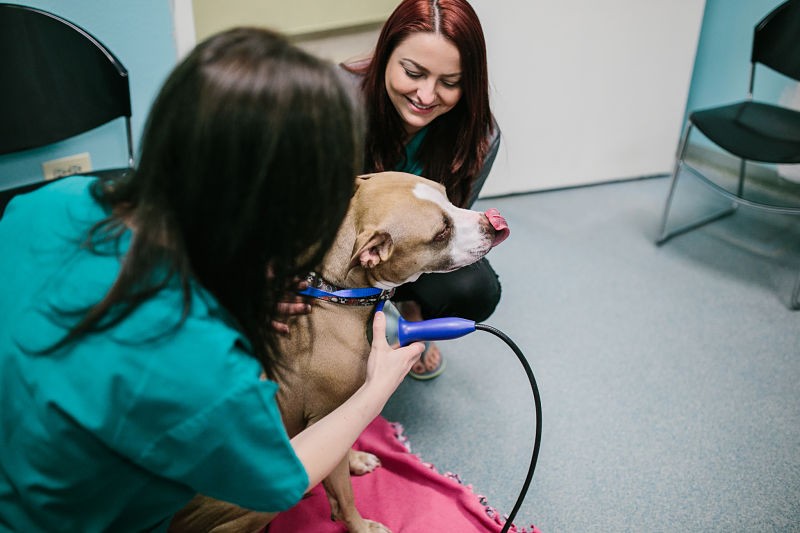Innovation
Innovation has been at the core of Impact Medical since it's inception and today our focus is a strong as ever. Working with leading clinicians across the globe our investment in research and development continues to deliver new therapies and treatment protocols benefiting patients.
Woundcare
In recent years, numerous scientific studies and publications, some of which also used focused piezo shockwaves, have described the mechanism of action of ESWT in stimulating wound healing. In principle, ESWT is a strong, targeted, mechanical stimulus which promotes biological self-healing processes. On closer inspection, wound healing is the result of a number of complex shockwave effects. Mechanical stimuli influence many cellular functions in living tissue, including cell growth, cell differentiation, cell migration, protein synthesis, physiological apoptosis and tissue necrosis. Extracorporeal shockwaves are mechanical stressors capable of inducing biochemical changes in living tissue, which on a molecular level ultimately affect the gene expression of cells, thereby eliciting certain tissue reactions when selectively applied. This process is referred to as mechanotransduction.
Benefits In Treatment
Our ground breaking Linear technology allows optimum 'Focussed Tissue Volume ESWT' in wound healing. Richard Wolf have developed the new FBL Transducer allowing the energy to be focussed precisely upon large areas of tissue. The Piezowave 2 provides the clinician with the best in shockwave delivery and highest efficacy levels in wound healing.
- Direct Focussed Tissue Volume
- Precisely adjustable penetration depth
- Penetration depth and intensity settings can be adjusted independently
- Linear therapy focus: perfect for uniform applications when treating wounds
- No pain at the interface between patient and device
Veterinary Applications
The development of shockwave therapy for treatment in animals is growing in popularity as it is non-invasive and often a cost effective alternative to some traditional treatments. The therapy has many advantages and the technology works the same way it does in humans, supporting natural recovery and strengthening. Shockwave therapy can be used on most animals (some sedation may be needed) from horses to dogs and it's low impact, low noise features supports successful treatments.
Use in Animals
• Myofascial hardenings
• Diseases of the tendons and synovial sheaths
• Chronic joint disease (wear, functional restrictions)
• Changes to the vertebrae (spondylosis)
• Deformities of the hip (HD hip dysplasia)
• Acceleration of bone growth following fractures




